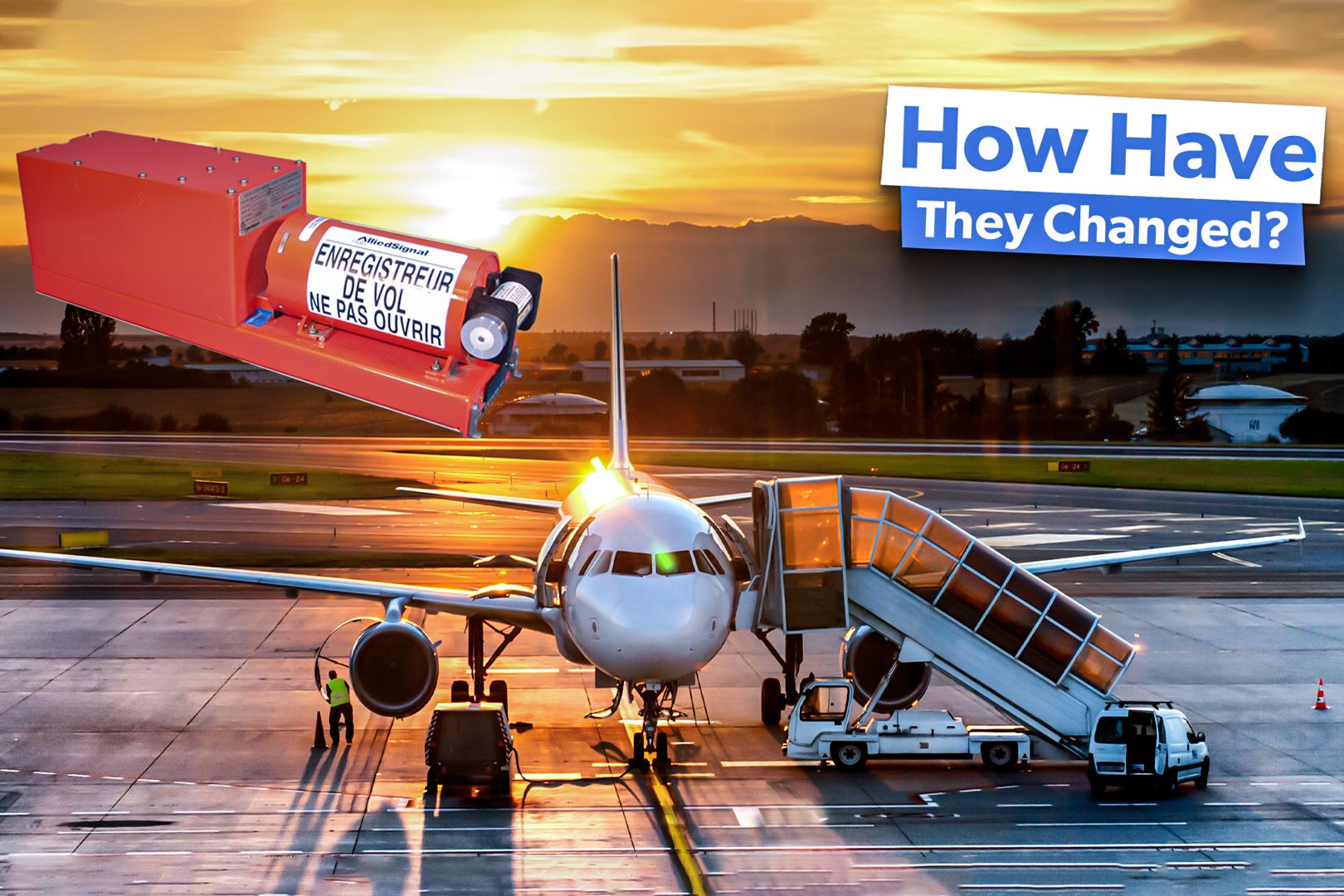Summary Dr. David Warren invented the black box in 1953, now mandatory on all aircraft due to its benefits in solving air disasters. The black box comprises a flight data recorder and cockpit voice recorder, located in the most survivable part of the aircraft.
The modern black box is made of titanium, designed to endure extreme conditions, safeguarding crucial data for air crash investigators. Black boxes, also known as flight recorders , are crucial to aviation safety. They are designed to withstand extreme conditions and record various types of flight data, as well as cockpit audio .

This information helps determine and reconstruct the events leading up to, during, and immediately following aircraft accidents. By analyzing the data collected by black boxes , investigators can identify the factors that contributed to an accident. This, in turn, aids in the development of strategies and regulations to enhance flight safety and prevent future incidents.
The black box consists of the aircraft's flight data recorder (FDR) and cockpit voice recorder (CVR). The CVR records radio transmissions and sounds in the cockpit, including the pilots' conversations and engine noises. The FDR monitors the aircraft’s altitude, airspeed, and heading.
The recorders are installed in the most crash survivable part of the aircraft, usually the tail. Dr. David Warren In 1953, Dr.
David Warren, an Australian research scientist, invented the black box. They are now mandatory on commercial, corporate, and private aircraft. In 1949, British aviation manufacturer De Havilland launched the first jet airliner, the Comet .
However, seven Comets crashed over the next five years, resulting in 110 deaths. Several of the aircraft disintegrated at high altitudes without survivors or clues as to what had happened. After grounding the Comet and conducting the most comprehensive air crash investigation, they found the crashes were caused by metal fatigue, partly due to the aircraft’s square windows.
In Australia, the Department of Civil Aviation held a meeting of experts to discuss the possible cause of the crashes. At the time, 28-year-old Dr. David Warren was one of the experts.
Warren was a chemist specializing in aviation fuels at the federal government’s Aeronautical Research Laboratories (ARL). Warren suggested it would be instrumental if there had been a recording of what had happened in the airplane before the crash. The first commercial jetliner crash that involved a fatality took place in Karachi, Pakistan in 1953.
Following the crashes, Warren remembered seeing the Minifon, the first miniature recorder, at a recent trade fair. This led him to visualize a recorder placed in all aircraft, continually recording details and able to be recovered after a crash. In 1957, Dr.
David Warren of ARL and his team, Kenneth Fraser, Lane Sear, and Dr. Walter Boswell, produced the world’s first black box flight recorder. Using the same steel wire as the Minifon, the prototype recorded four hours of cockpit sound and eight instrument readings four times a second.
It was low-maintenance, turned on and off with the aircraft’s engines, and self-erasing unless there was a crash. The Australian aviation authorities did not approve the demonstration model, but it was celebrated in Britain, where the device was taken for further development. As a result, the British Ministry of Aviation announced that the recorder should be carried on all planes for recording instrument readings.
In Mackay in 1960, there was an unexplained crash of a Fokker Friendship plane. At the court of inquiry, the judge ordered that recorders be fitted to all future Australian aircraft. Making Australia the first country to make cockpit voice recording mandatory.
Since it has been refined and upgraded, voice-plus-data recording has become mandatory in all major aircraft. The black box has been invaluable in solving air disasters and has contributed to aircraft safety worldwide. The black box today Today, the black box is made of titanium and is insulated to withstand shock impact, temperatures of over 1000°C, and the pressure of the sea floor.
Europair said, “One of the tests the manufacturers put them through involves firing a cannon at a wall to simulate the catastrophic landing of a plane flying at hundreds of kilometers per hour. The footage that is recorded is protected against accidental erasure and the corrosive effects of seawater.” Air crash investigators can download hours of cockpit conversation and flight data recorded immediately before the crash from the black box.
The recorded data helps determine the cause of a crash and contributes to preventing similar ones. Pilot conversations with each other, air traffic control, and other planes are valuable when about 80% of crashes involve a human factor. Black boxes are built to survive a plane crash and provide investigators with data.
Minifon Wire Recorder Protona manufactured the Minifon P55 portable wire recorder in Germany between the 1940s and 1950s. Originally designed as a portable dictating machine for traveling salesmen, the recorder could fit in a pocket. However, it achieved success as a covert recording device for private investigators and detectives.
It recorded for one hour, which was very long compared to other devices of the time. The watch microphone was an optional accessory for the recorder. When worn, the cord went up the sleeve and down the body, connecting with the Minifon.
This feature was popular with Cold War spies and private investigators trying to record secretly. Strong design, resistance to extremes, and rigorous regulation and testing make the black box so reliable..



















